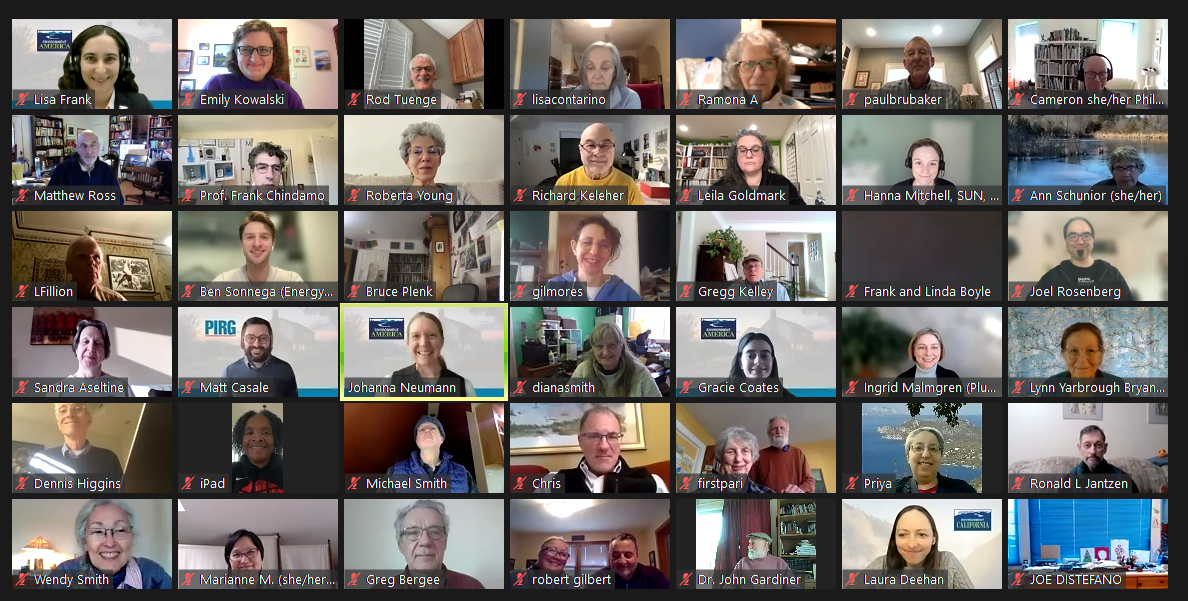More blackouts are coming this hurricane season. More electric buses could help.
Mobile batteries could power essential services during disasters
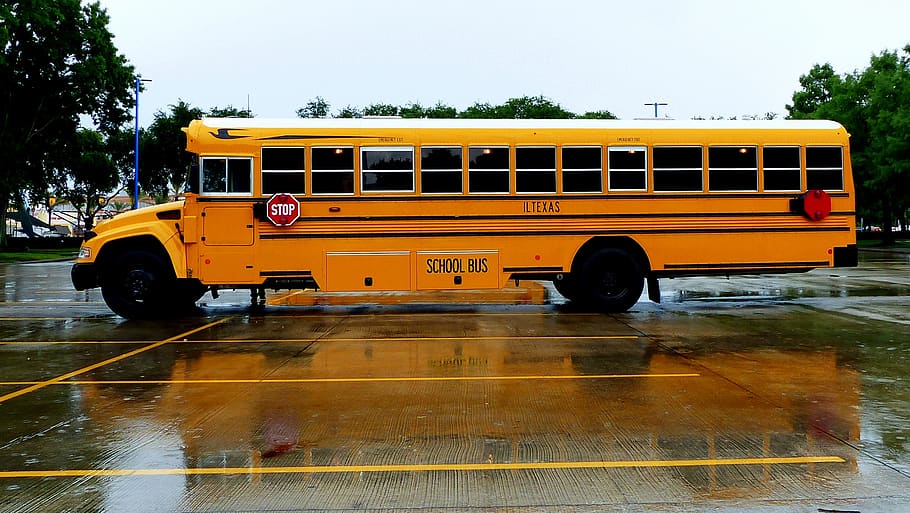
The Gulf Coast is still reeling from a historic 2020 hurricane season, yet once again, the region is bracing for more devastation as Hurricane Ida forms over the Caribbean, threatening to slam into Louisisan by Sunday, likely brining extreme flooding and power outages.
Over the past two weeks, Tropical Storms Fred and Henri and their remnants caused flooding and power outages from Florida to New England. These weren’t even hurricanes; they packed sustained winds of less than 74 miles per hour. Unfortunately, Americans living near the Atlantic and Gulf coasts are likely to experience more blackouts as hurricane season intensifies.
So far this year, we are only up to the eighth letter, “H,” in named storms, and only one major hurricane (Grace, which struck Mexico last week) has formed. In its midseason forecast update released early this month, the National Oceanic and Atmospheric Administration said over the course of this hurricane season, from June 1 to Nov. 30, we’d witness 15 to 21 named storms (with sustained winds of 39 miles per hour or higher) in the Atlantic Ocean and/or Gulf of Mexico, including three to five “major” hurricanes (sustained winds of 111 mph or higher).
If these predictions are right, that means over the next three months, several tropical storms and hurricanes will come, bearing high winds and heavy rains that could knock out the power.
As the next storms arrive, some forward-looking communities are exploring a new tool to address outages: electric school buses. Many school districts and transit authorities across the country — including in hurricane-prone areas — are considering transitioning from diesel fleets to electric ones. Not only would that make their communities cleaner, safer and more resilient, it would also provide a mobile rescue squad of emergency batteries to power homes and businesses during disasters.
Sometimes a quick response can be a matter of life or death. For example, if a storm knocks out the electricity at an elder-care facility or hospital with people hooked up to life-sustaining machines, a city could deploy charged electric buses to provide emergency power within minutes.
Seniors and sick people aren’t the only ones whose health an outage can threaten. When Hurricane Sally knocked out the power for more than 500,000 homes and businesses in September 2020, many Americans turned to portable power generators. That led to at least one death from carbon monoxide poisoning even after authorities warned people about using generators inside or too close to the house. Since 2017, more Americans have died from carbon monoxide poisoning after storms than from storm surge.
How electric buses can help during blackouts
Zero-emission, battery-powered electric buses have motors powered by a rechargeable battery instead of an internal combustion engine. Typically, the vehicle charges while plugged into the grid. However, the bus battery can also act in reverse, using its stored electricity to power a building or send power back into the grid.
This capability, known as vehicle-to-grid or “V2G” technology, allows electric vehicles to act as temporary power sources when electrical grids are down. A fully charged Proterra ZX5 transit bus can store up to 660 kilowatt-hours of power — enough to provide electricity to an average American household for more than 20 days.
In the event of a hurricane-induced power outage, a fleet of electric buses could power key buildings, struggling homes or parts of the grid. These “batteries on wheels” would facilitate aid to difficult-to-reach communities and reduce the need for unwieldy and dangerous gas- or propane-powered generators. With a full fleet of electric buses, local governments could significantly improve the resiliency of their electric system and mitigate the impacts of increasingly common severe weather events.
What needs to be done?
V2G technology is here and it’s ready to roll. Many battery-powered electric buses can already pair with buildings and utility grids to help them better weather intense storms and “turn the lights back on” if that power fortification doesn’t work. But that compatibility isn’t widespread yet.
To maximize V2G’s effectiveness, public and private institutions need to work together. Utilities, automakers, architects and others need to design grids, products and buildings with V2G technology capability. That way, electric vehicles can easily plug in and send power where and when it’s needed. We should equip essential facilities such as hospitals and emergency shelters with the infrastructure necessary to pull power from electric vehicles. Governments must create plans and processes to effectively utilize their electric bus fleets when the power goes down.
Most importantly, the United States needs more electric buses. Nearly 95 percent of America’s school buses and 60 percent of its transit buses still run on diesel, which means most places can’t count on electric buses coming to the rescue in a crisis.
The Senate’s recent passage of President Joe Biden’s bipartisan $1.2 trillion Infrastructure Investment and Jobs Act provides hope that will change soon. This bill would allocate $2.5 billion for electric school buses and an additional $2.5 billion for all types of low-emission school buses (which could include electric buses). That’s a good start, but schools need more. To transition half the nation’s fleet of school buses to zero-emission electric models, districts need an additional $22.5 billion in funding.
Electrifying transit is the next step for local and regional authorities. Beyond the disaster-response potential of electric buses, the communities that transition to these clean vehicles will get public health and climatic benefits on a daily basis. Unlike diesel-powered buses, electric buses with zero-emission batteries do not release toxic diesel fumes, which both harm our lungs and worsen global warming.
As the latter half of hurricane season approaches, the transition to electric buses can’t come quickly enough. When the power cuts off, affected communities will need electric buses to be there to get them back on the road to recovery as fast as possible. And when hurricane season ends, we’ll all reap the other health and environmental benefits of having gone electric.
Topics
Authors
Mac Dressman
Find Out More
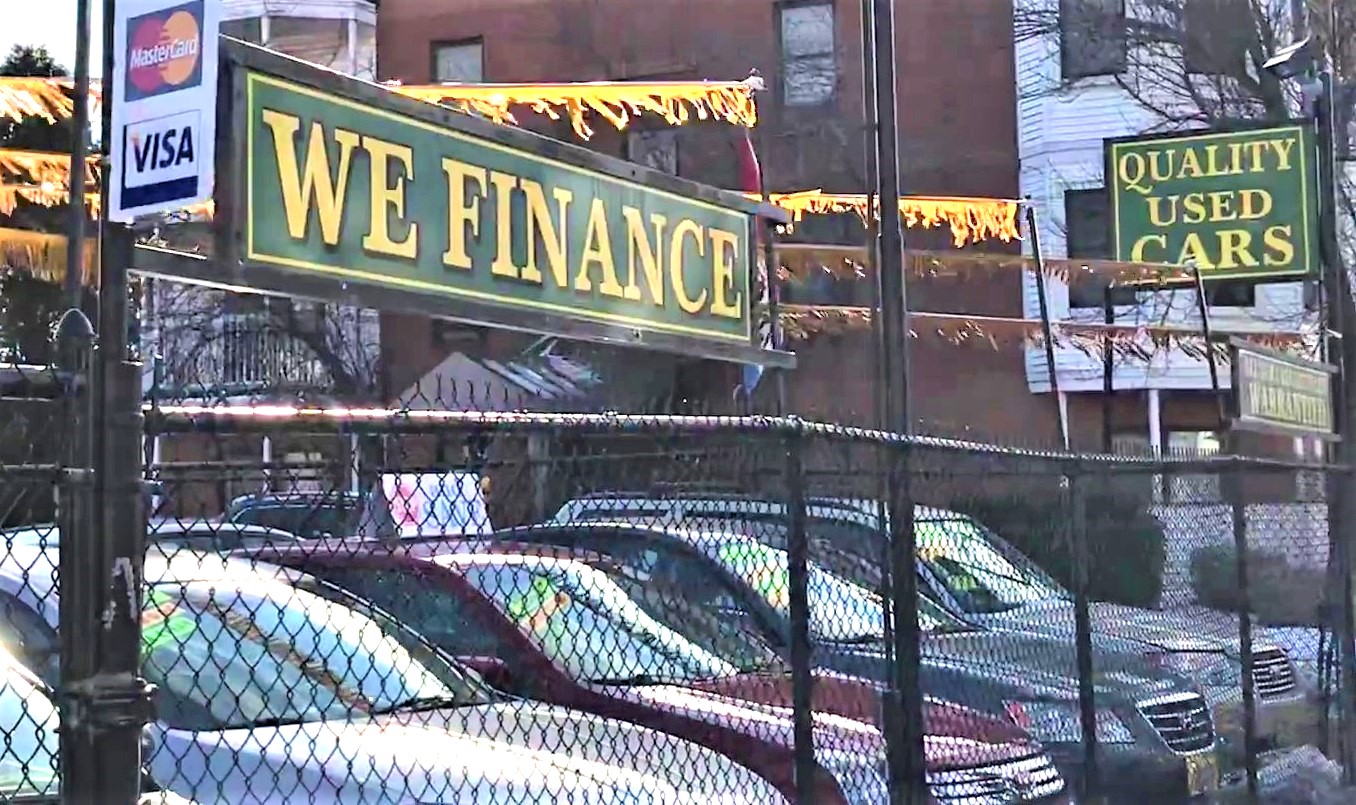
The auto industry has a sustainability problem. And it’s not just about the environment.
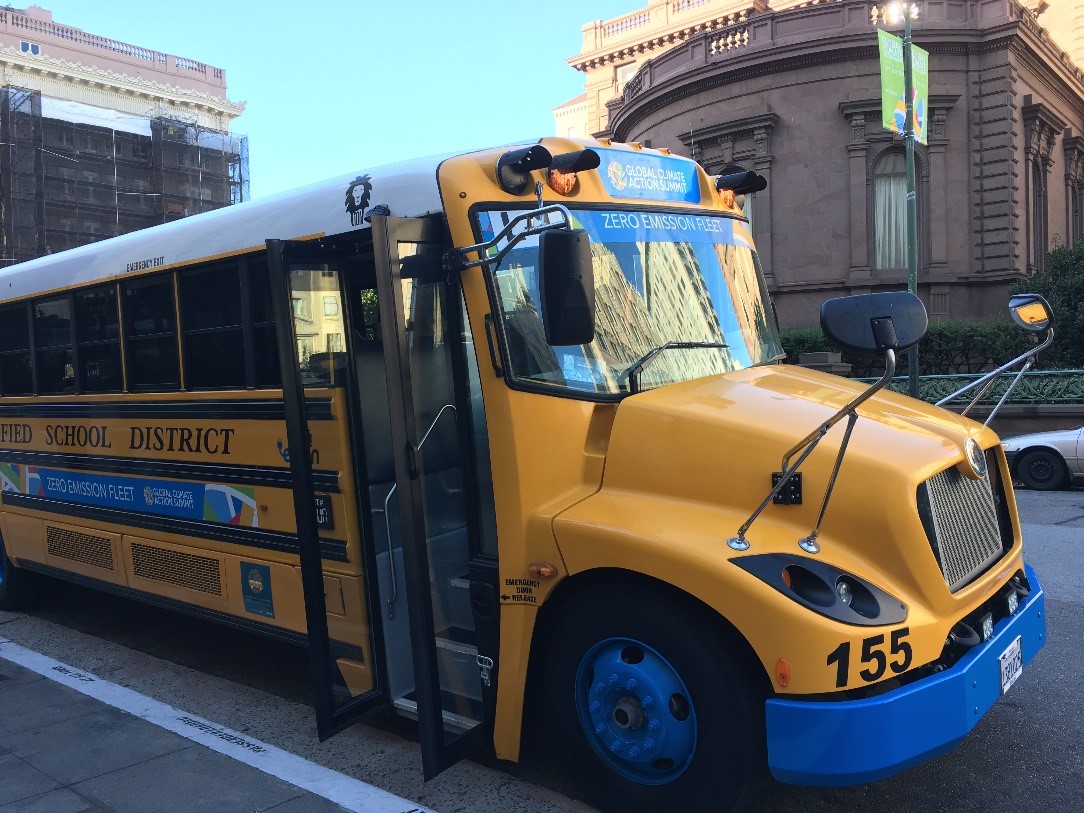
Back to school on an electric bus
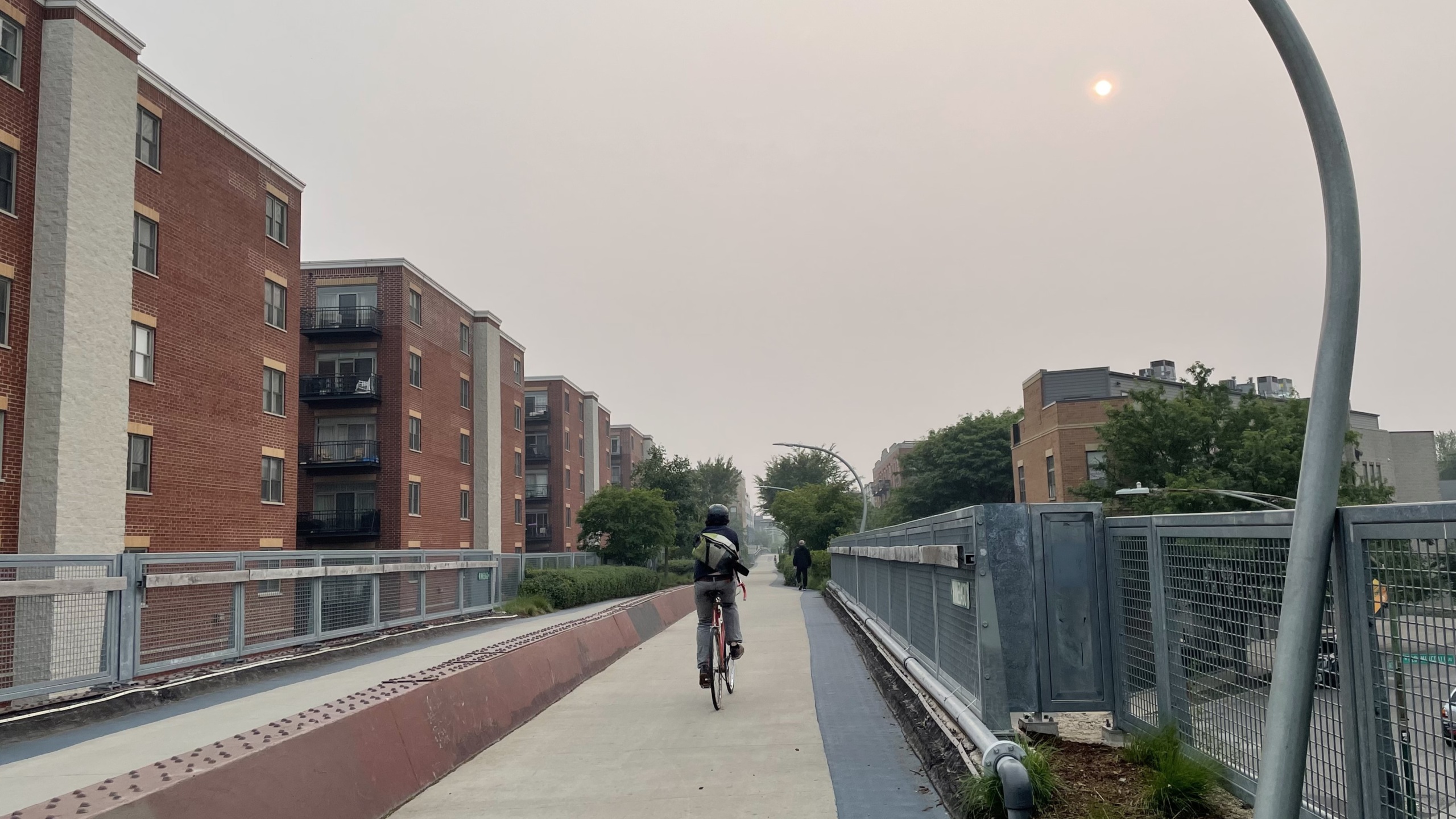
What can we do about the unhealthy air quality in Chicago?
